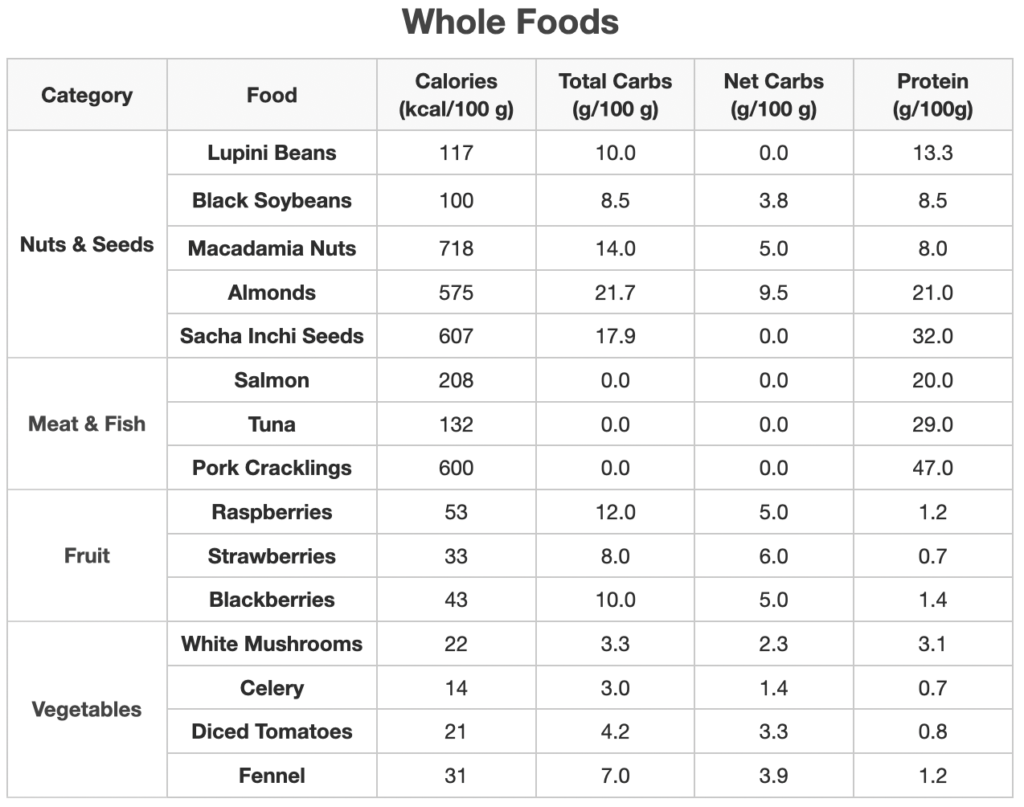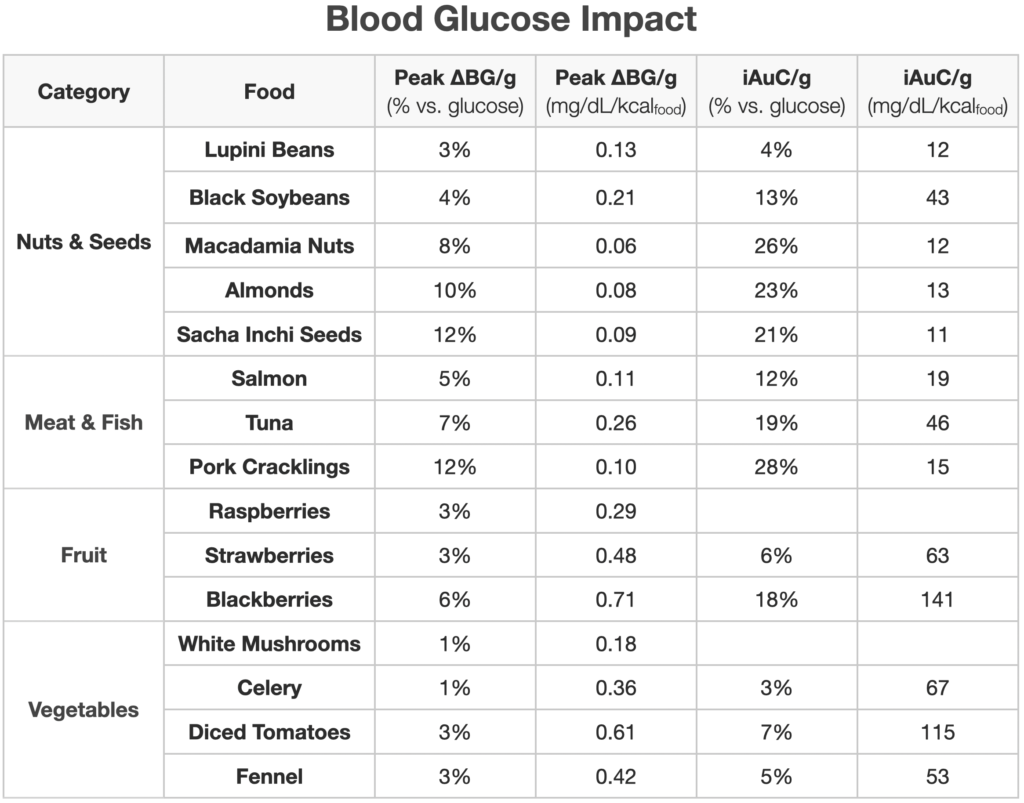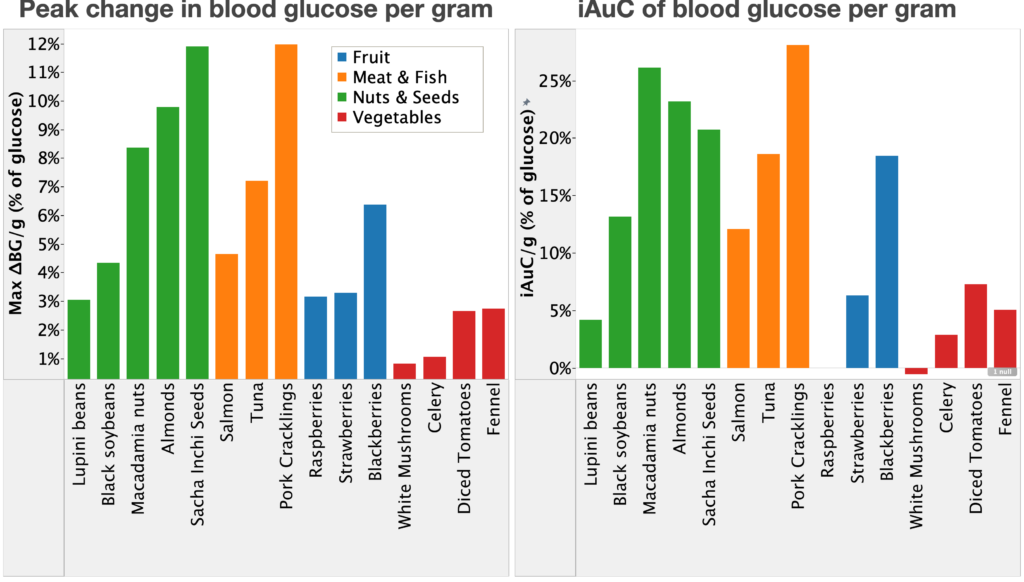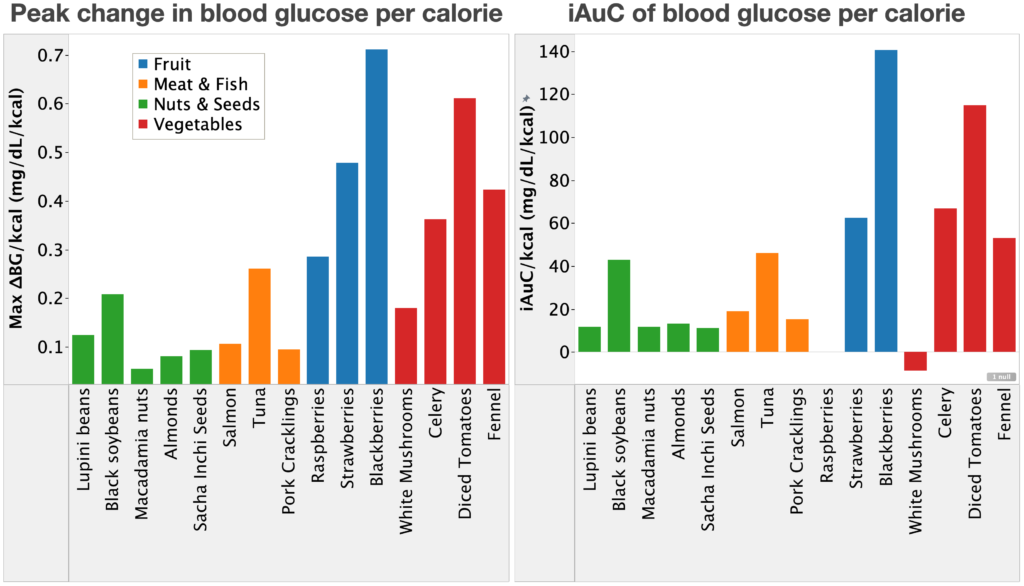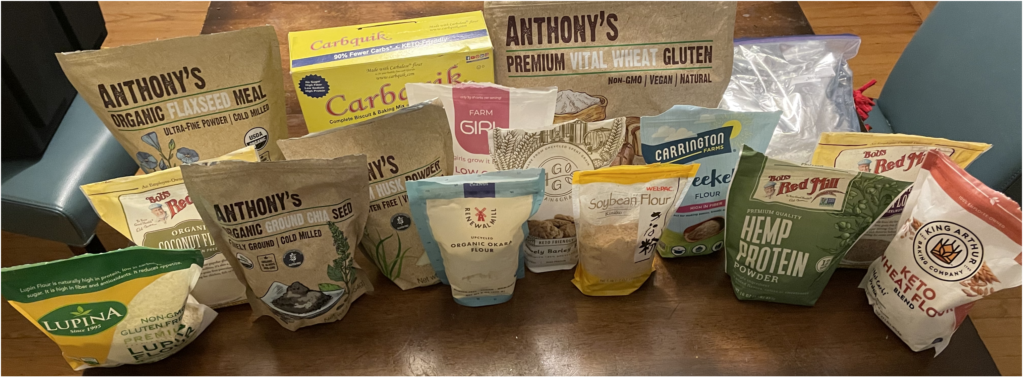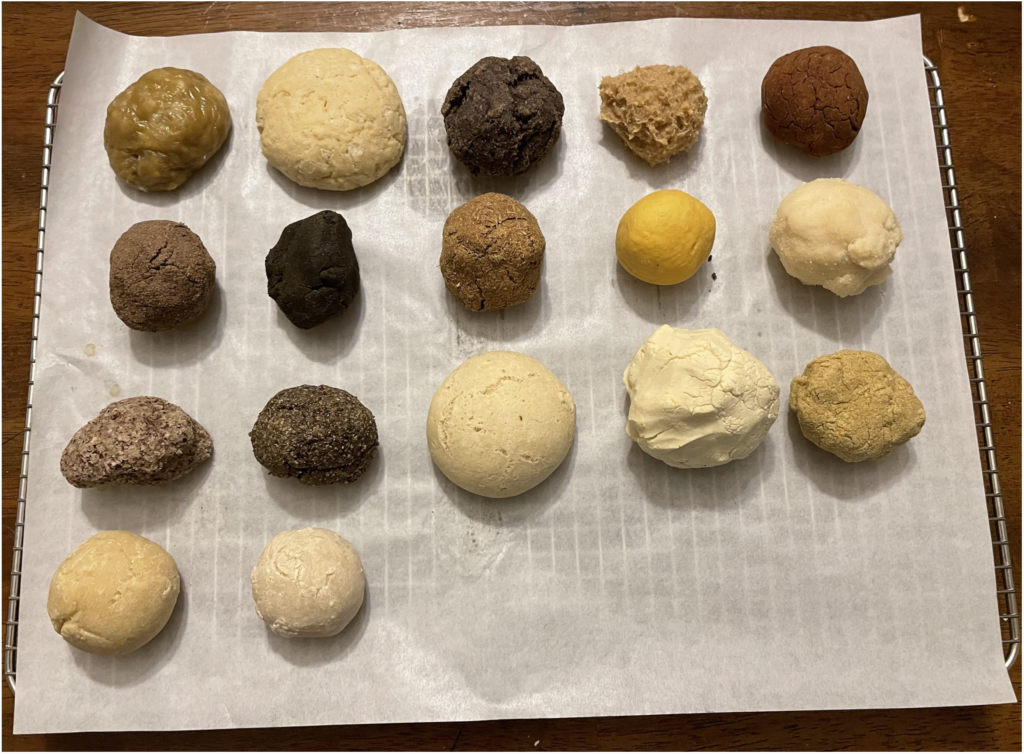Ilmo Stromberg just posted a fantastic write-up of 100 days of monitoring his blood glucose using a CGM. He had tons of interesting observations, but the three that stood out for me were:
- No correlation (R2=0.03) between average glucose and sleep score (Oura ring, R2=0.003)
- Slight correlation (R2=0.09) between last glucose value before sleep and deep sleep (Oura ring)
- Strong correlations (R2=0.36, 0.92, & 0.98) between total sleep the previous night and “meal scores” (a measure of the blood glucose impact calculated by the Veri app from the CGM data).
From my own data, I also haven’t seen a correlation between average glucose and time asleep, but I never thought to check impact on just meals to reduce noise in the measurement.
For the correlations with specific meals, Ilmo had a relatively small data set (3 meals, 4 datapoints each), but the effect was consistent and strong.
I’m interested to see whether I can detect the same effect. I eat a very consistent breakfast and relatively consistent lunch, so I should be able to get a statistically robust measurement in a relatively short time.
I’m pre-registering the experiment here for data quality & transparency and to get feedback on the experimental design.
Details
Experiment
- Breakfast:
- I will take 4.5u of Novolog (fast acting insulin, duration of 2-4h), wait 30 min., then eat 50g ketochow with 2 tbsp. of butter (website, BG testing).
- This is my standard breakfast and insulin dosage and will be used every day.
- Lunch:
- I will take 3u of Novolog (fast acting insulin, duration of 2-4h), wait 15 min., then eat 50g ketochow with 2 tbsp. of butter (website, BG testing).
- This is my standard lunch and insulin dosage when I’m not doing a food effect experiment. On days when I am doing a food effect experiment or otherwise need to deviate from this meal, I won’t record data.
Measurements
- Blood glucose will be monitored using a Dexcom G6.
- Sleep will be measured using the Oura Ring 3
- For each meal, I will record:
- Time of insulin injection
- Amount of insulin injected
- Time of meal
- Any additional observations
Analysis
- I will conduct an analysis after collecting 30 days of data. If the results are inconclusive, I will collect an additional 30 days of data and re-analyze.
- Peak change in blood glucose and area under the curve will be calculated for the 2h after each meal.
- Pearson R (with 95% CI) and p-value will be calculated for the following correlations:
- Peak change in blood glucose vs. time asleep (breakfast & lunch)
- iAuC vs. time asleep (breakfast & lunch)
- Average daily glucose vs. time asleep (prev. night)
- Average daily glucose vs. sleep score (prev. night)
Please let me know if you have any comments or suggestions on the experimental design.
I will start recording data immediately and will report out the results on March 12th
– QD
